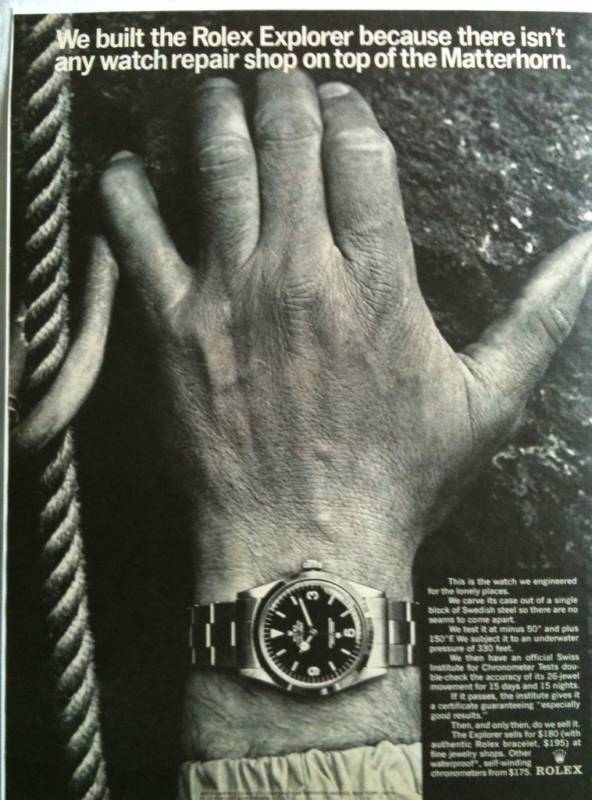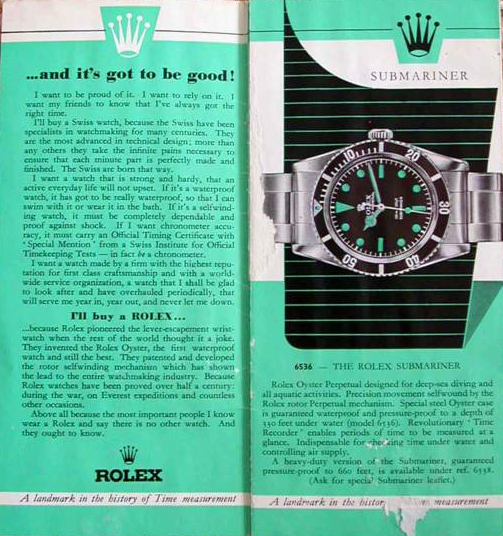Rolex advertisements Periods
To own a Rolex is not only to own a beautiful watch, but also an icon with a history.
And it is this history that would never have existed without the physical promotion of one man Hans Wilsdorf (founder of the Rolex and Tudor brands) and the notoriety of certain films, the achievement of certain sportsmen, and simple, powerful and virile advertising that promotes success in the most critical moments.
Here are some examples over time:

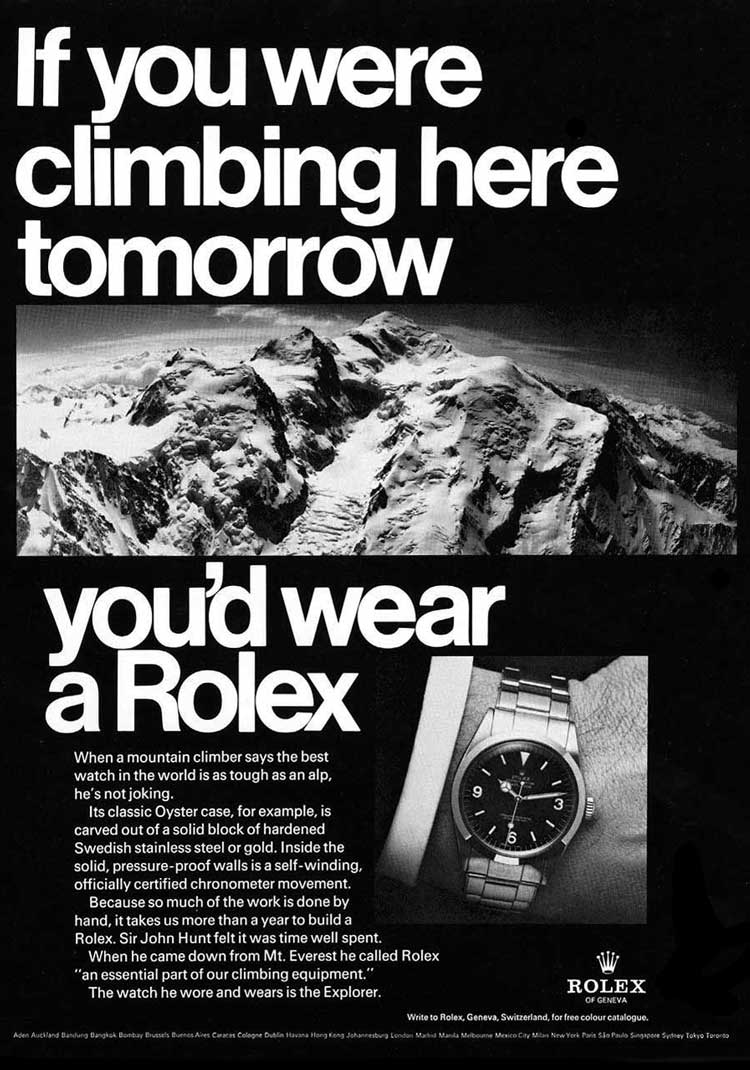


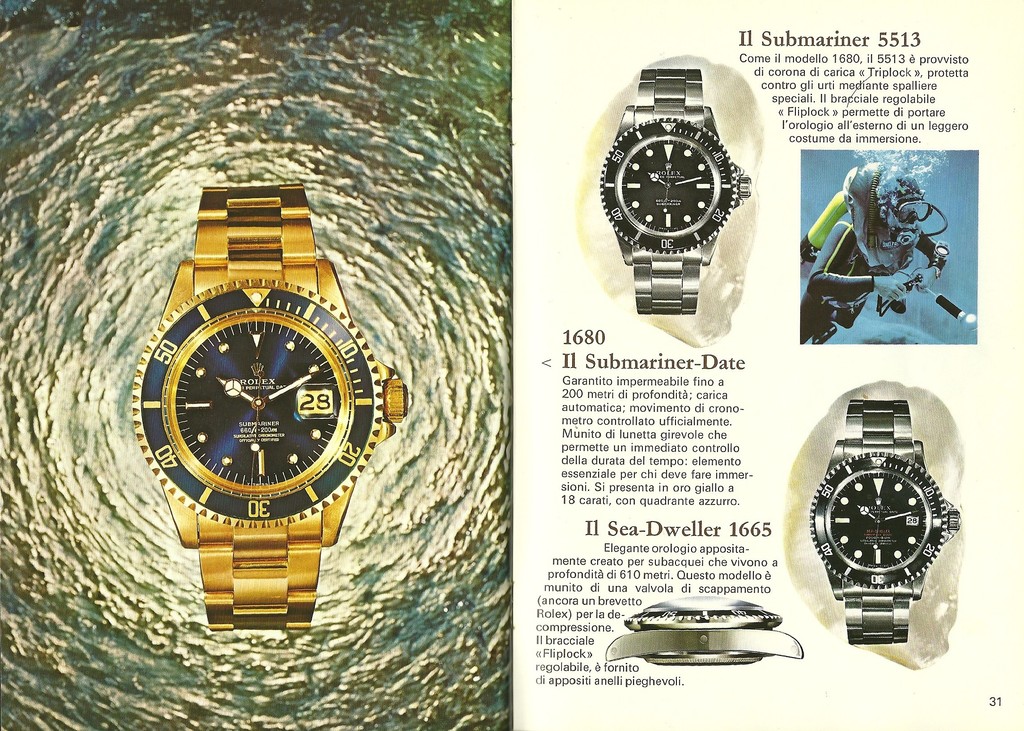
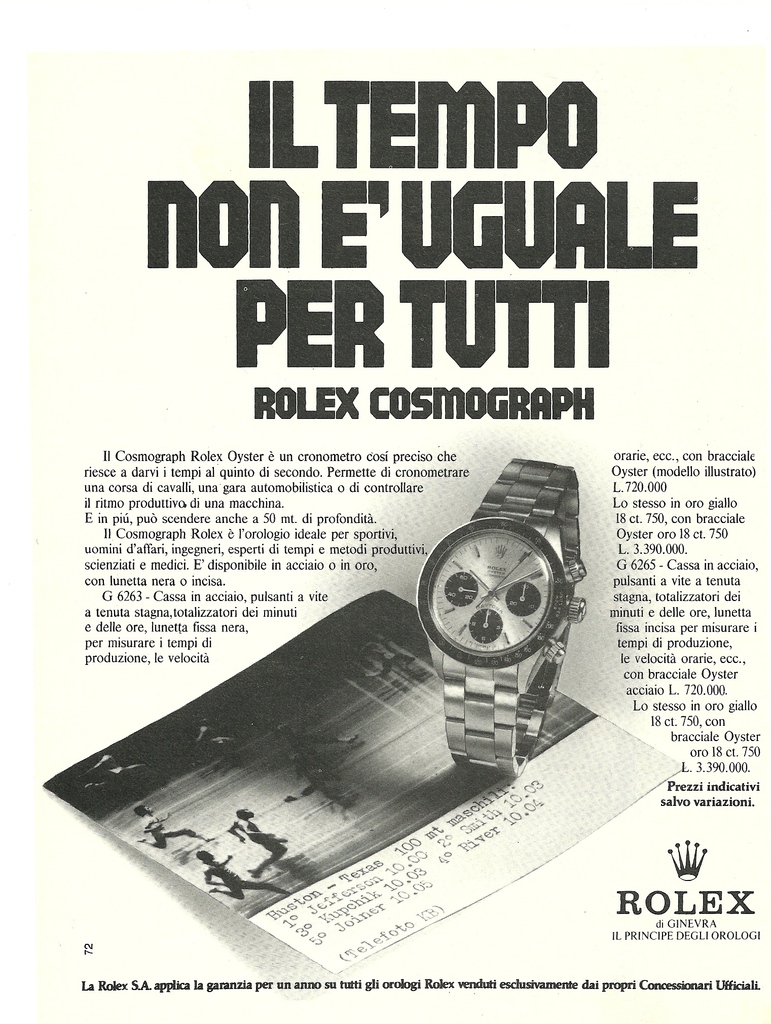
Without Rolex no Sex :
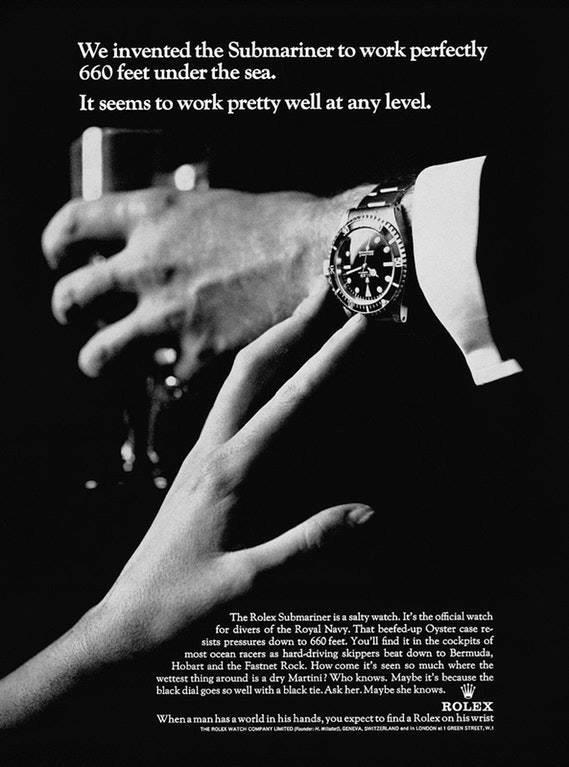


Share this content
.jpg)
.jpg)
.jpg)
